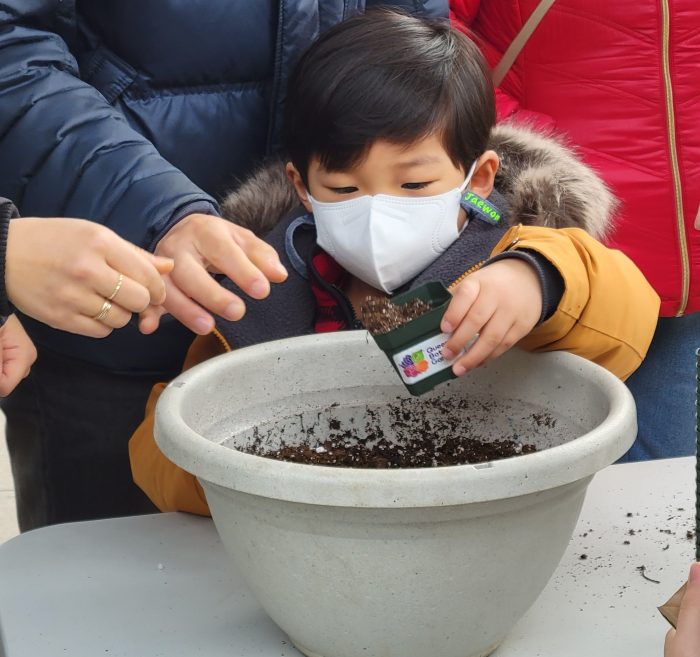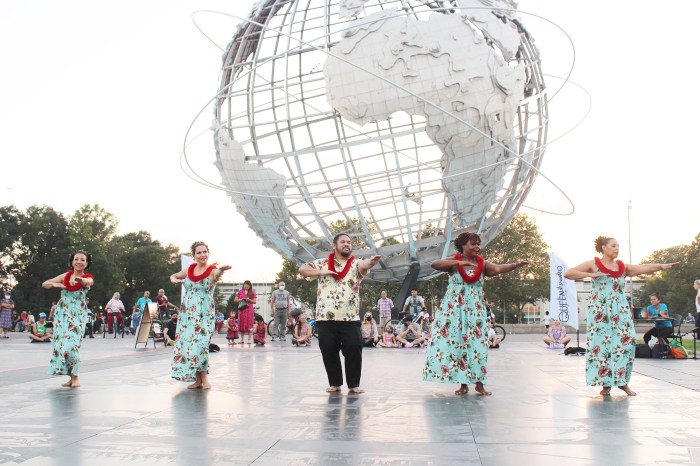By Joan Brown Wettingfeld
The town of Flushing was first incorporated Oct. 10, 1645, by the order of the governor of New Netherlands, William Kieft.
A group of English men and women were among the first settlers of Flushing. They were granted a patent which allowed them to settle in an area along the north shore of western Long Island in 1645.
Some of those settlers had not come right from England but had already been settled in New England. They were among those interested in bettering their farming and had not approved of using the rocky New England soil.
The Dutch already had the land they were allowed to settle on called “Vlissingen.” Perhaps, it is suggested, Flushing is a name of Dutch origin.
Farming was the first occupation of the new settlers in the area, which came to be known as Flushing. Nurseries followed, beginning with that of Prince’s in 1787. Bloodgood Nurseries was established in 1798, followed by Parsons and Co. in 1838.
Beginning early in the 19th century, those who preferred the comforts and quiet of home, like prominent businessmen and professionals, began to move to Flushing as traveling facilities improved. The original route at that time appears to have been by way of Jamaica to a ferry leaving from Brooklyn.
It was William Prince, son of the founder of the famous Prince Nurseries, who originated a company in 1800 to charter and erect a bridge over Flushing Creek and a route was opened through Newtown and Brooklyn for a fare of 50 cents.
A better road became necessary and was built on the meadows by the Newtown Turnpike Co.
By 1822, travel to New York was by steamboat rather than a sailing packet. For a 10-year period a new steamboat was used, commanded by Capt. Jonathan Peck and named the “Linnaeus.”
Joan Brown Wettingfeld is a historian and freelance writer.































